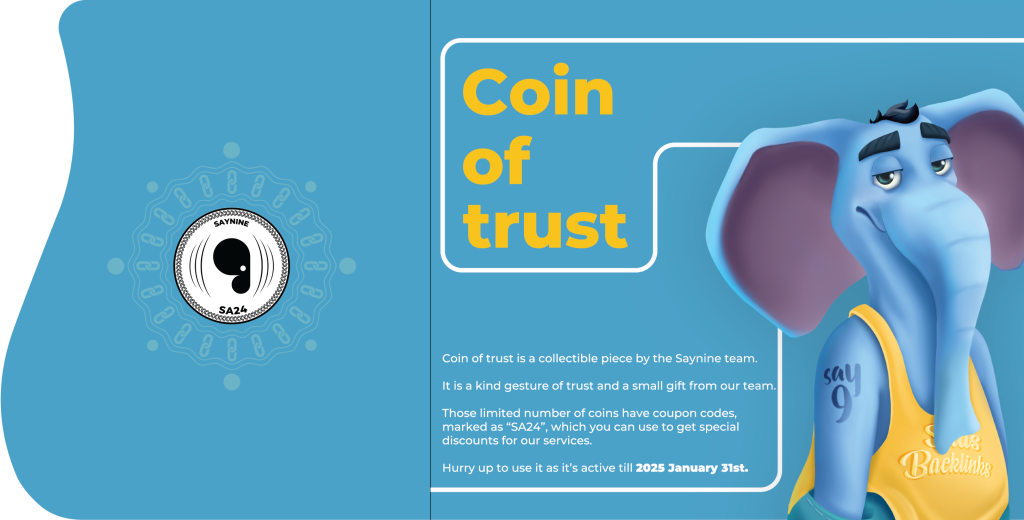Give us some info for your personalized offer
Let’s take a moment to reflect on the moments that made this year stand out.
What started as a simple idea three years ago has turned into achievements we’re happy to celebrate today.
Here’s what we accomplished this year.
And we reached $120K in monthly revenue – a number that reminds us how far we’ve come
This year, we also brought two services to life:
We couldn’t resist being part of:
The Digitec Expo in Armenia (Oct 4-6) – the biggest local tech event of the year where we connected with tech lovers and experts.

The Neuromarketing in Sales Conference in Armenia (Oct 14) – an event where we shared insights from our neuromarketing experience on cold outreach, bringing together 100+ curious minds.

The Ahrefs Evolve Conference in Singapore (Oct 24-25) – inspiring two days spent with five hundred SEO and digital marketing professionals from around the world, allowing us to share knowledge and learn from each other.

The Web Summit in Portugal (Nov 10-13) – the biggest tech event uniting key players in technology, bringing together tech companies and startups to share ideas and collaborate.
Exciting events where we made valuable connections, shared our story, and introduced our Coin of Trust (which has already been to India and soon heading to Canada).

We connected with bright young talents at the UFAR Job Fair, helping students discover job opportunities in SEO and link building, and introducing others to the basics of SEO.

Launched a referral program that’s helping us expand and giving our partners the chance to earn a 10% fee on every referral.
2024 has been incredible, and we can’t wait for what’s ahead. New adventures, fresh ideas, and exciting opportunities are coming.
Stay connected with us through social media or our newsletter – we’ve got plenty more to share!
Thanks for being a part of this journey. Here’s to an even more exciting 2025!
Warmly,
The SayNine Team
P.S. We’re just getting started.